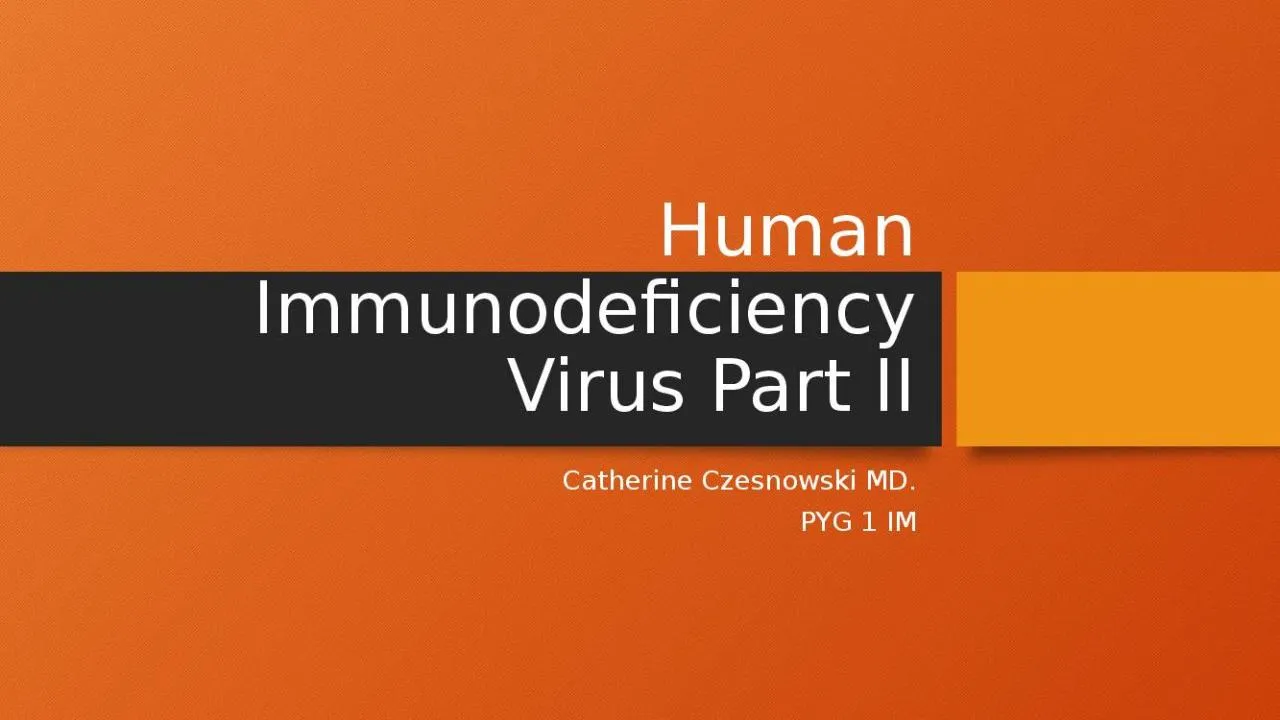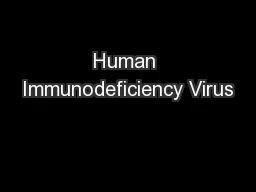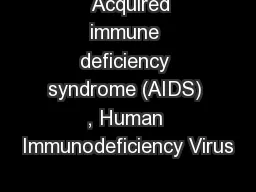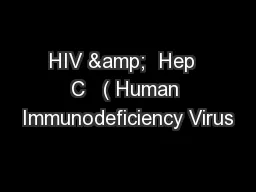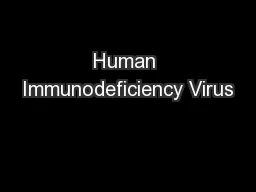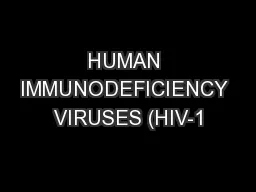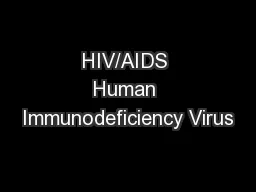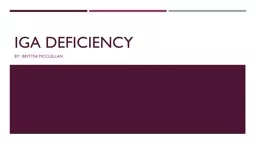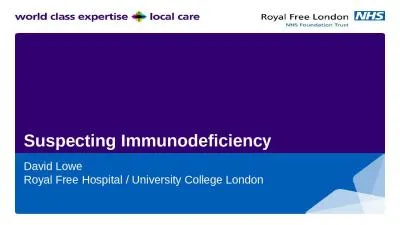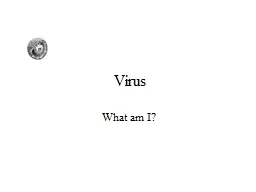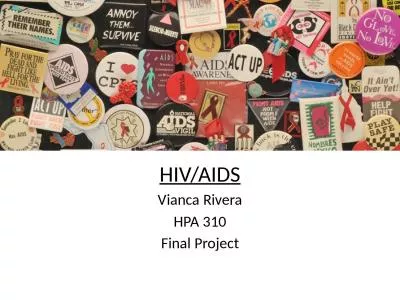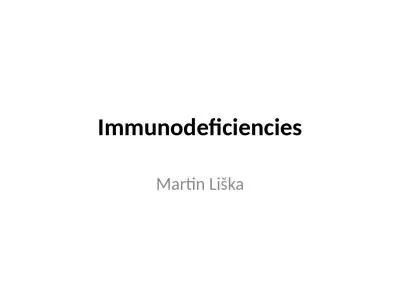PPT-Human Immunodeficiency Virus Part II
Author : iris | Published Date : 2022-02-10
Catherine Czesnowski MD PYG 1 IM Pathogenesis and Natural History of Infection Found to be the etiologic agent of AIDS in 1983 HIV is a lentivirus subfamily of
Presentation Embed Code
Download Presentation
Download Presentation The PPT/PDF document "Human Immunodeficiency Virus Part II" is the property of its rightful owner. Permission is granted to download and print the materials on this website for personal, non-commercial use only, and to display it on your personal computer provided you do not modify the materials and that you retain all copyright notices contained in the materials. By downloading content from our website, you accept the terms of this agreement.
Human Immunodeficiency Virus Part II: Transcript
Download Rules Of Document
"Human Immunodeficiency Virus Part II"The content belongs to its owner. You may download and print it for personal use, without modification, and keep all copyright notices. By downloading, you agree to these terms.
Related Documents

